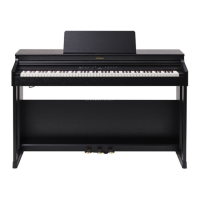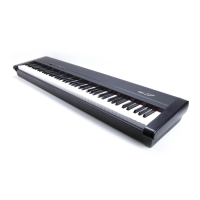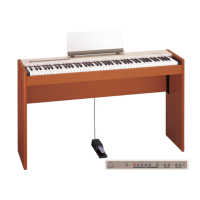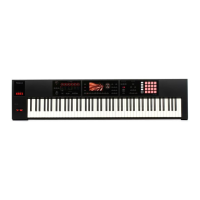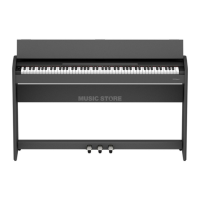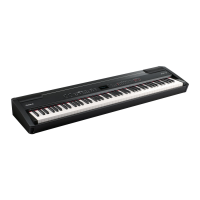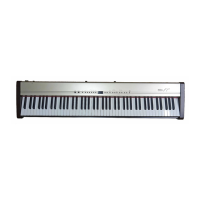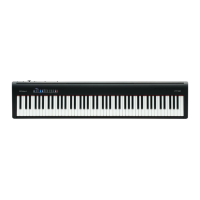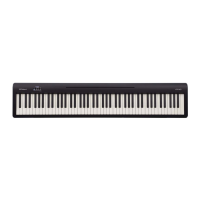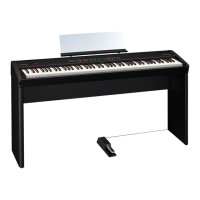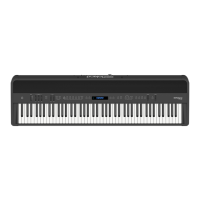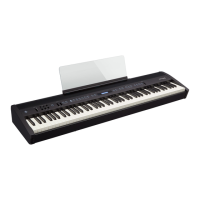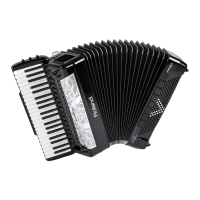Owner’s Manual
Before using this unit, carefully read “USING THE UNIT SAFELY” and “IMPORTANT NOTES” (leaet “USING THE UNIT SAFELY” and Owner’s Manual (p. 47)).
After reading, keep the document(s) where it will be available for immediate reference.
What You Can Do with the RP701/F701
Play the Piano
˙
Play the piano sounds of your dream
This piano contains a variety of piano tones ranging from concert grand piano to upright piano.
It also contains the sound of a harpsichord, which is the ancestor of the piano. You’ll be sure to nd piano sounds to your taste.
˙
Play string, organ, and percussion tones
You can also choose tones of instruments other than piano. Using tones other than the usual choices can provide a pleasant change, or
you can layer other tones with a piano tone to enjoy especially rich sonorities.
Practice songs
˙
Practice along with a metronome
You can practice while listening to a metronome. By changing the tempo or time signature as appropriate for the song you’re playing,
you can improve your ability to keep the rhythm.
˙
Practice along with the internal songs
Built into this piano are numerous well-known songs in a variety of genres such as classical, jazz, and practice pieces. You can listen to
these internal songs as models, or adjust the tempo and practice along with them.
˙
Practice one hand at a time
By playing back a song with the sound of the right-hand or left-hand part muted, you can hear the performance one hand at a time.
This also lets you practice along with the song one hand at a time.
˙
Record your performance
You can listen again to your own performance that you just recorded, and use it to improve your next performance. You can also save
your performance for your family member or piano teacher to hear.
Take advantage of Bluetooth
˙
Play back music through the piano’s speakers (Bluetooth audio function)
You can connect a smartphone or tablet, and listen to your favorite songs through the piano’s speakers. By performing along with a
song, you can enjoy being part of your favorite music.
˙
Use with piano with apps (Bluetooth MIDI function)
You can use an app to nd new musical scores, and use the practice support functions to experience new possibilities in piano
performance.
page page
1212
page page
1212
page page
1414
page page
1313
page page
1313
page page
1414
page page
1616
page page
1717
© 2020 Roland Corporation
This app lets you view sheet music in digital form, practice
songs as if you were playing a game, or keep a record of
your practicing.
This app lets you customize the piano sound to your taste.
Download the apps
Download these smartphone/tablet apps and use them
with your piano.
Piano Designer
Roland Piano App
